
Real Estate Logo – Gain Trust & Clients
...
Visual identity for real estate developers is the key to effective sales. See how to create property investment branding that builds trust and stands out in the real estate market.
Do you recognize this scenario?
You’ve got a great location.
A professional design.
You launch your campaign.
And... nothing.
People click, ask questions, but sales are stagnant.
The problem? Lack of consistency. Lack of emotion. Lack of identity.
Visual identity is no longer optional – it’s a must-have for every real estate developer.
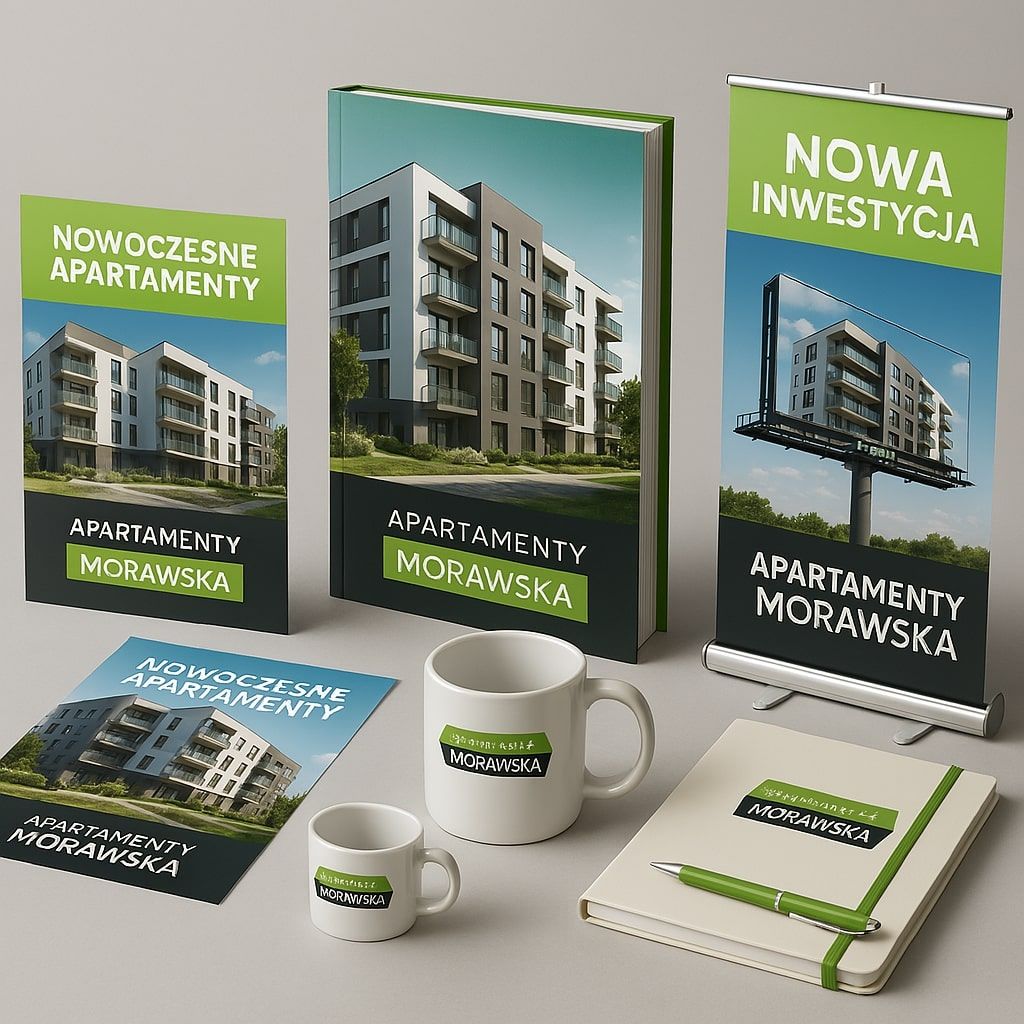
Visual identity is a consistent system of graphic elements that builds brand recognition and communicates its character. It includes elements like a logo, color palette, typography, photography style, and layout of promotional materials – all to ensure the brand is clearly recognizable and stands out in the market.
It’s how the property investment presents itself to the world.
It’s the first impression that tells the client: “this is worth investing in.”
It’s not just “pretty pictures” – it’s a message that sells before anyone sets foot on the construction site.
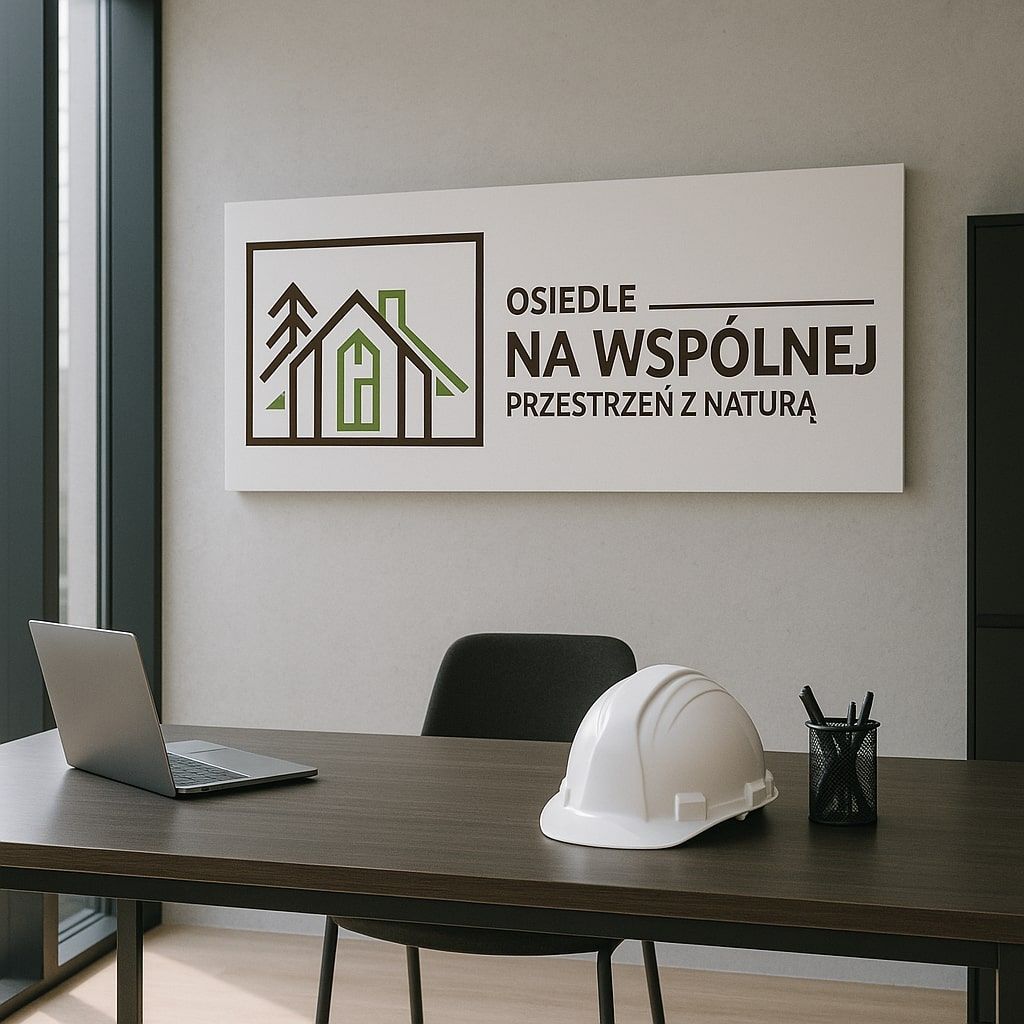
In a market where competition fights for every square meter, standing out is the key to success.

It must be simple, memorable, and look good in print and online.
It should match the investment’s character (eco, premium, urban).
Avoid generic names ("Green Estate")
Aim for emotion, local story, character – e.g. “Willa Polanka,” “Nova Saska”
Colors say a lot – green = nature, navy = prestige, beige = comfort
Font? Minimalist and legible. Don’t experiment without purpose.
Brochures, business cards, roll-ups, billboards – all in one consistent style
A PDF folder that clients can save and show to family
Loads quickly
Mobile-friendly
Leads to a contact form and offer presentation
Bring your investment to life on Instagram and Facebook
Show construction progress, visualizations, lifestyle
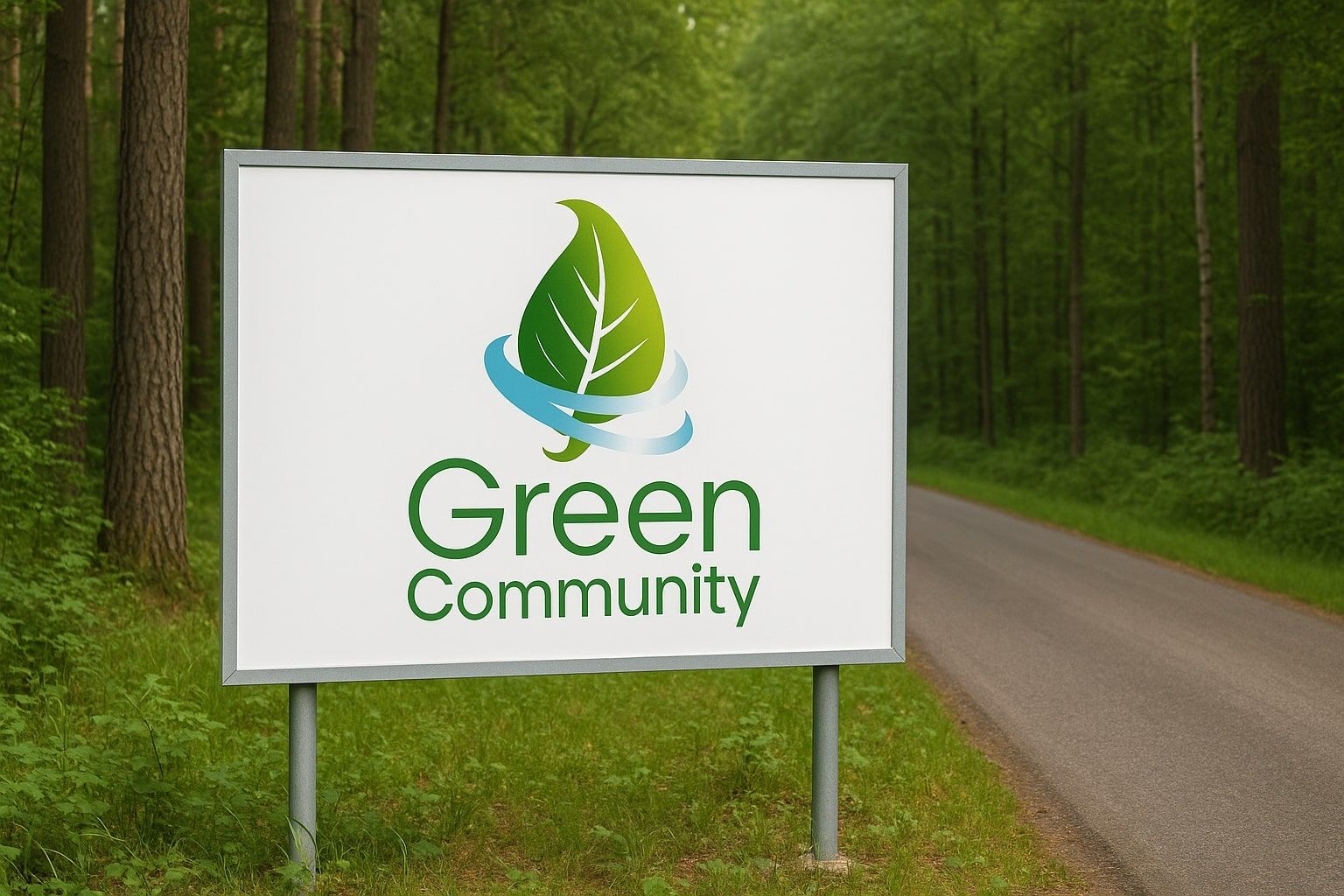
Comprehensive visual identity: logo, naming, website, offline branding.
The result?
The investment sold out much faster than expected.
Real estate marketing did the work 24/7.
Visual identity doesn’t appear overnight.
It’s a process that requires planning and a consistent approach.
We gather information on location, target audience, project character, and sales goals.
We create the investment name and overall visual direction – whether it's premium, family-oriented, eco, or urban.
The logo must work in large formats and on smartphones. Colors should evoke the right emotions.
Fonts and graphic elements that appear in every customer touchpoint.
Folders, billboards, roll-ups, social media graphics – all cohesive and ready to use.
Design and development of a website that visually fits the entire communication.
Documentation that helps maintain consistency in future campaigns and actions.
Final result?
You have a complete set of tools that sell through image – before construction even begins.
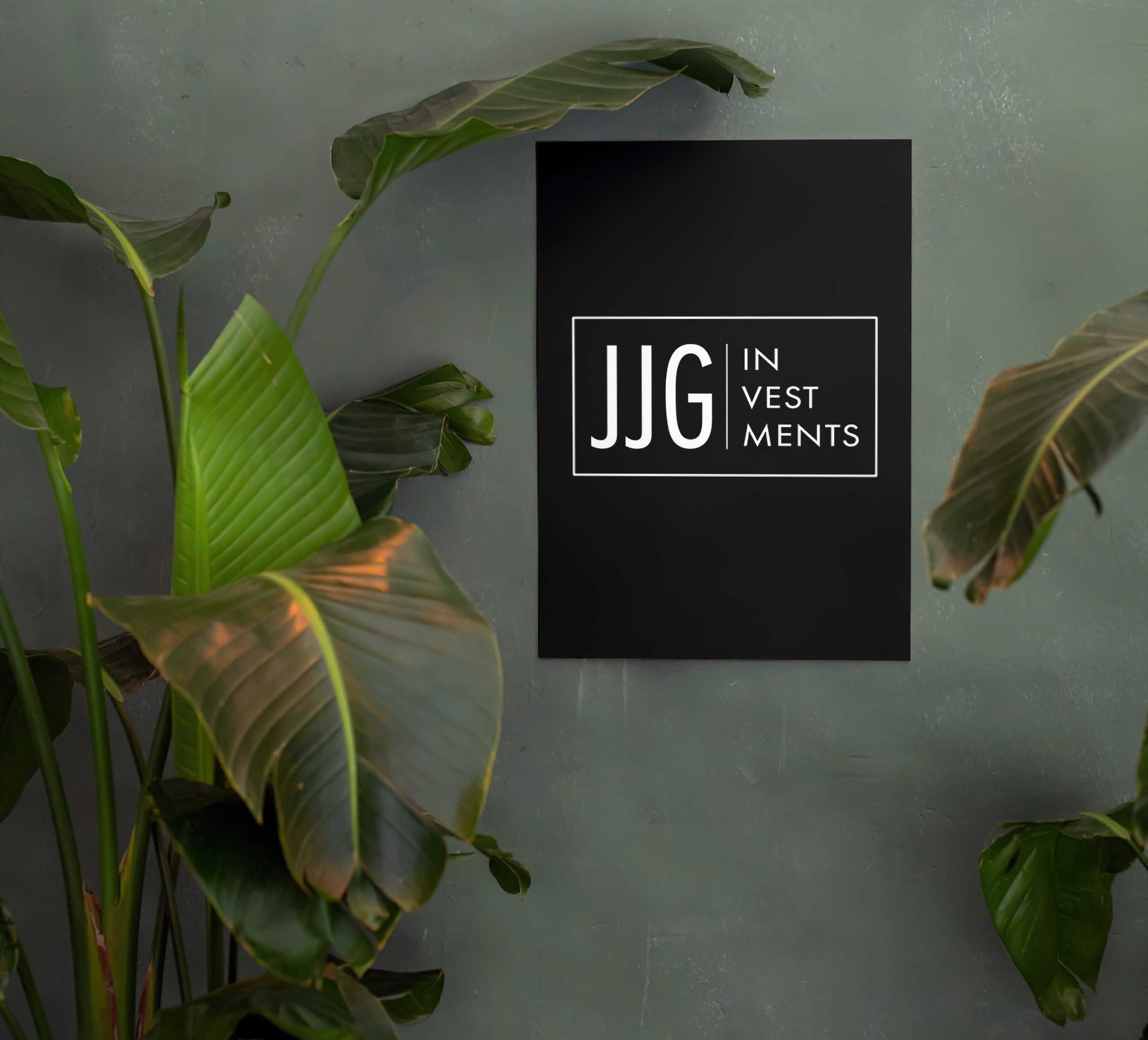
A good marketing strategy without visual identity is like driving a Ferrari without the bodywork – the engine runs, but no one looks.
If your campaign is well-planned but looks like a patchwork – it loses half its power.
Visual identity is the foundation of every successful real estate campaign.
Planning a launch? Start with your branding.
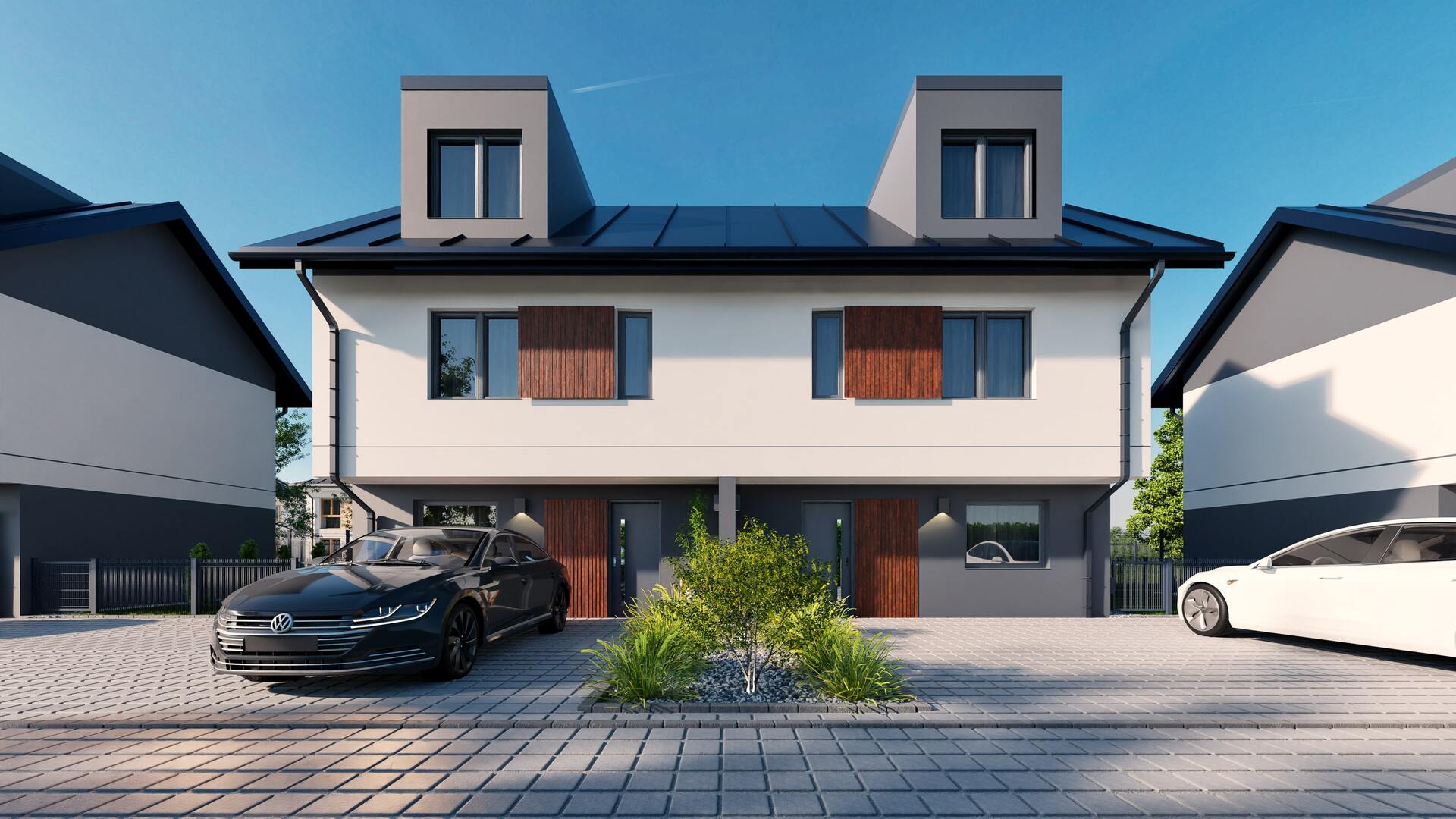
Selling real estate is an emotional process.
People aren’t just buying square footage – they’re buying lifestyle, safety, and aesthetics.
If the image says: “We are trustworthy, solid, and worth the price” – the client won’t hesitate long.
Visual identity is your silent salesperson.
It doesn’t say much, but it does a lot.
Visual identity is your cheapest and most effective tool for increasing sales.
It’s not about aesthetics. It’s about trust, emotion, and marketing efficiency.
If you still don’t have it – you’re losing time and clients.
Do it once. Do it right.
And watch your investment turn into a brand that people recommend.
A set of graphic elements (logo, colors, fonts, style) that create a consistent image of the investment and build trust in the developer’s brand.
Yes – strong visual identity increases the investment’s credibility and can significantly speed up clients’ purchasing decisions.
Absolutely. Even small projects benefit from a professional image that supports marketing and sales.
Logo, naming, color palette, typography, advertising materials, website layout, brandbook, and social media consistency.
It depends on the scope – typically between $750 and $3,750 per investment.
Usually 2 to 6 weeks – depending on the project’s complexity and materials readiness.
Yes. A logo builds recognition, facilitates promotion, and enhances professional image.
The investment is the product – it has its own identity. The developer brand is the umbrella that unites all activities.
Definitely. A property website is the foundation of sales and the center of visual communication.
Yes. Folders, billboards, roll-ups – all promotional materials should align with the branding.
You can, but if you care about quality and effectiveness – it’s best to hire professionals.
Lack of consistency, overly complex logos, random colors, and unreadable fonts.
Yes – a better image can justify a higher price through perceived premium value.
Yes, if you want to build a consistent real estate developer brand. But each investment should have its own character.
Yes. It’s a document that lets all partners – printers, agencies, designers – work consistently.
It depends on the project – green for eco investments, navy or gray for premium, beige and pastels for family-friendly ones.
Usually every few years, especially when trends or sales strategies change.
Yes, but the earlier – the better. Ideally, start before launching promotions.
Create templates for posts, stories, and graphics that reflect the investment’s style and boost its recognition.
Yes – if the current identity doesn’t work or is inconsistent with your new marketing strategy, it’s worth refreshing.
Book a free consultation.
Sign up now for our free RendProletter and receive 1 email every week with a short summary of the best posts from our blog and emails with unique offers you won't find anywhere else!